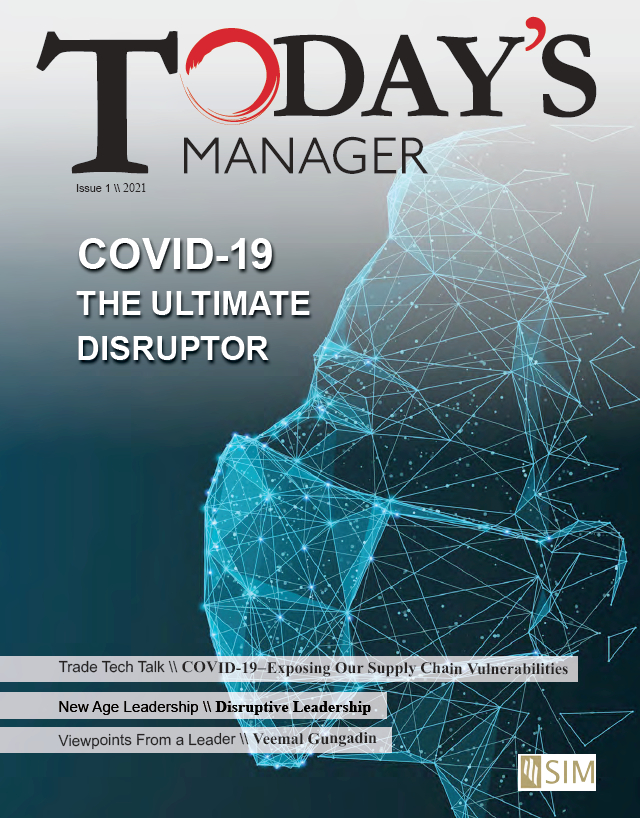
Farm-to-fork Marketing Strategies during COVID-19
Article Details
Publication Information
- Author: Cheryl Marie Cordeiro
- Publication: Today’s Manager (Official quarterly publication of Singapore Institute of Management)
- Issue: Issue 1, 2021
- Pages: 23–24
- Section: Business / The Nordic Perspective
APA Reference
Standard Format:
Cordeiro, C. M. (2021). Farm-to-fork marketing strategies during COVID-19. Today’s Manager, 1, 23–24. Singapore Institute of Management.
With Digital Repository Identifier:
Cordeiro, C. M. (2021). Farm-to-fork marketing strategies during COVID-19. Today’s Manager, 1, 23–24. Singapore Institute of Management. urn:nbn:se:ri:diva-79045
Alternative with DiVA Link:
Cordeiro, C. M. (2021). Farm-to-fork marketing strategies during COVID-19. Today’s Manager, 1, 23–24. Singapore Institute of Management.
https://urn.kb.se/resolve?urn=urn:nbn:se:ri:diva-79045
Article Summary
Research Focus
The article examines how Norwegian seafood businesses adapted their marketing strategies to maintain market presence in Southeast Asia during the COVID-19 pandemic, particularly for highly perishable products requiring expedient farm-to-fork delivery.
Key Background
- Norwegian salmon is recognized as a premium product globally, with a farm-to-fork delivery time of just 48 hours between Norway and Asia.
- COVID-19 disruptions required businesses to innovate their business models and improve market outreach.
- Research was conducted through content analysis of marketing webinars and website documents from August–December 2020.
Four Main Marketing Strategies Identified
-
Targeted Regional Online Campaigns — One to four-month campaigns focused on Norwegian seafood branding and country-of-origin importance, raising awareness about production methods and cooking techniques.
-
Collaborative Digital Marketing — Partnerships with local importers, restaurants, and supermarkets to create localized content distributed via Facebook, YouTube, local TV, and corporate websites with online shopping.
-
Personalized Delivery Services — Building consumer trust through video kitchen tours showing food preparation and packaging, offering customizable meal sizes, and including promotional items like cooler bags.
-
Celebration-Focused Marketing — Targeting birthdays, anniversaries, and local festivals as occasions for enjoying seafood at home.
Conclusion
The research suggests that new business models like distributor-to-consumer (D2C), which support shorter food supply chains, may become permanent features of the post-pandemic business landscape.
Author Credentials
Cheryl Marie Cordeiro is a Scientist at Nofima’s Department of Marketing Research, holding a PhD in applied linguistics from the University of Gothenburg, with experience in EU-funded food safety projects.